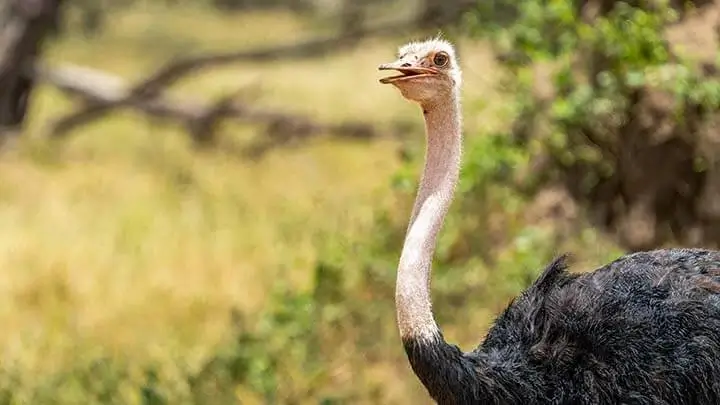
BIRDING IN
Banhine National Park

BIRDING IN
Banhine National Park

BIRDING IN
Banhine National Park

BIRDING IN
Banhine National Park
Banhine National Park, situated in Gaza Province, Mozambique, covers an area of 700 000 hactares of near-pristine landscapes. Within the park borders, 11 plant communities have been identified, which can be broadly grouped into five major landscape types, viz, wetland, grassland, Mopane, sandveld and Androstachys landscapes. These landscapes support a wealth of bird species, with 318 species being confirmed in the park to date and many additional species believed to still occur in the park.
Of the species recorded to date, 76 are significant range expansions for southern Mozambique, six species were previously subject to confirmation from southern Mozambique, two species have not previously been recorded from southern Mozambique and nine species are considered to be regionally or globally threatened. Of the five landscapes, the wetland boasts by far the greatest diversity and greatest numbers of species, and is probably the most important, and most threatened, landscape in the park.
The park holds extensive inland wetlands, acting as an important source of water to the dry lands that surround it. The park is in an area that has annual rainfall of only 430 millimetres. However, over 1% of the park is wetland and there are also more than a thousand pans that range in size from a few square meters to hundreds of hectares. These pans may be very salty or "sweet" and drinkable. The water comes from the area to the northwest near the Zimbabwe boundary, flowing through many channels into the wetlands and then into the Changane River. The park is still home to endangered wattled cranes and too many migratory birds. Results of an aerial survey in October 2004 showed that the park had healthy populations of ostrich, kudu, impala, reedbuck, duiker, steenbok, porcupine, warthog and oribi. Predators such as leopards, lions, servals, spotted hyenas and even cheetahs are also found in the national park.
Birds here include; common ostrich, Coqui Francolin, Crested Francolin, Shelley's Francolin, Red-necked Spurfowl, Swainson's Spurfowl, Common Quail, Harlequin Quail, Crested Guineafowl, Helmeted Guineafowl, Fulvous Duck, White-faced Duck, White-backed Duck, Maccoa Duck, Egyption goose, Spur-winged goose, Comb Duck, African Pygmy-goose, Red-billed teal, Hottent teal, Southern pochard, Kurrichane Buttonquail, Lesser honeyguide, Brwon-backed honey bird, Benett's woodpecker, Golden-tailed woodpecker, Green-backed woodpecker, Cardinal woodpecker, Bearded wood pecker, yellow-fronted tinkerbird, Acacia pied barbet, Crested Barbet, Southern yellow-billed hornbill, Trumpeter hornbill, African hoope, Green wood hoope, Common scimtarbill, Eurpoean Roller, Lilac-breasted Roller, Purple Roller, African Pygmy-Kingfisher, woodland kingfisher, Brown-Hooded Kingfisher, Striped Kingfisher, giant kingfisher, Pied Kingfisher, European Bea-eater, Southern Carmine Bea-eater and more.
Our Experts are ready to provide answers
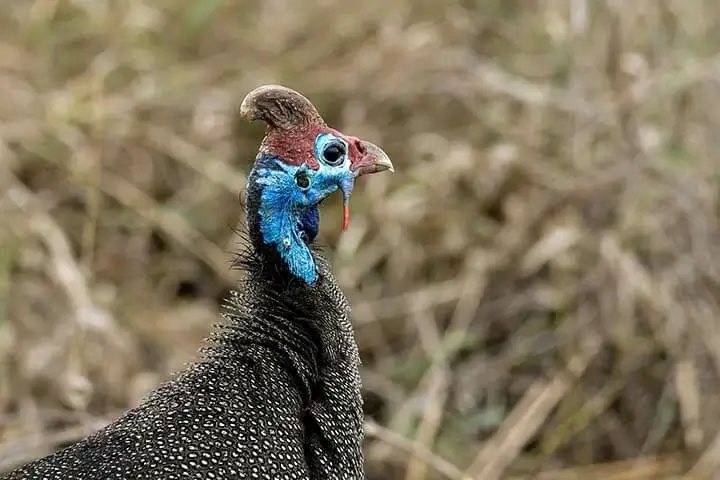
The park is an important wintering ground for migratory waders from the Palearctic. For six species of non-breeding waterbird, numbers exceed the 1% population thresholds.
Read More
Gorongosa mountain makes up less than 10% of the extent of this site, but is the most important part because most of the bird species which are of conservation interest are concentrated here.
Read More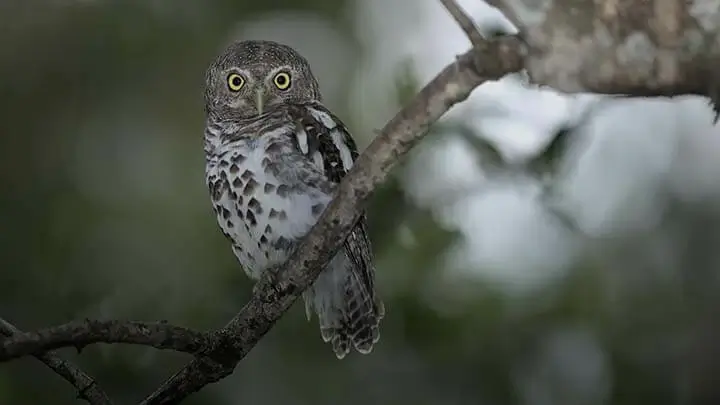
There have been over 600 species recorded in the province to date. Limpopo offers an excellent variety of birds due to its habitat diversity. Raptors, woodland and wetland species are all particularly well represented.
Read More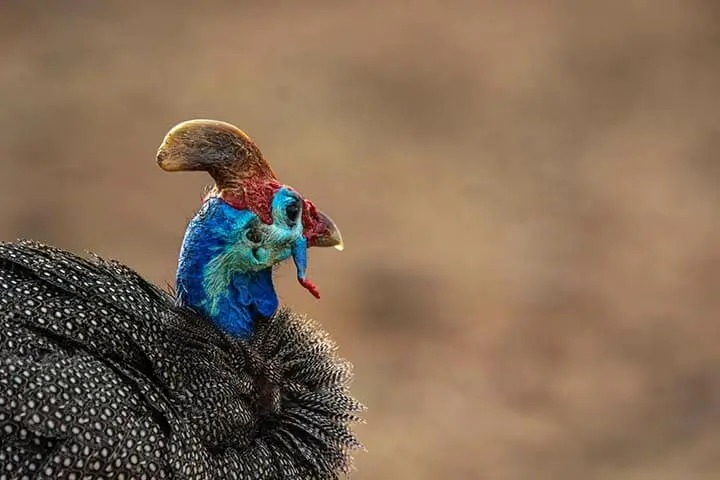
Number of bird species here are 202 and the number of globally threatened species are two. Some of those include;
Read More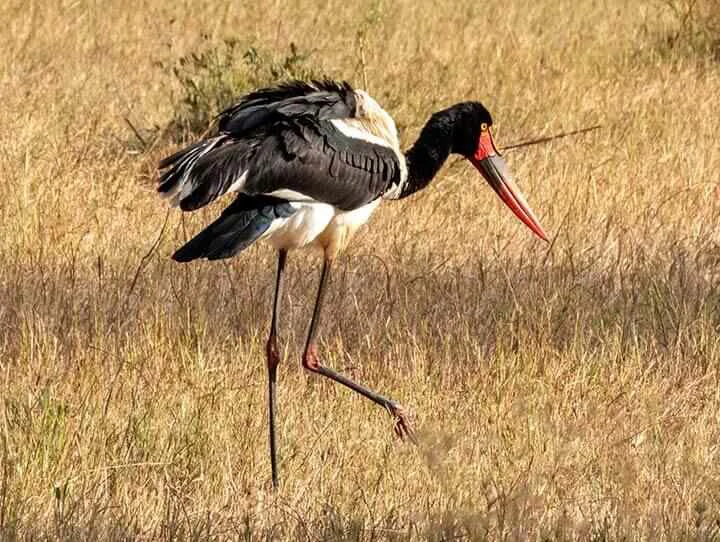
Zinave National Park has 177bird species, 4 of which are globally threatened species. Bird species to look out for at Zinave include; Common Ostrich, White-faced Whistling, Duck, Egyptian Goose, Spur-winged Goose, Comb Duck, Helmeted Guineafowl, Crested Guineafowl, Red-necked Spurfowl,
Read More